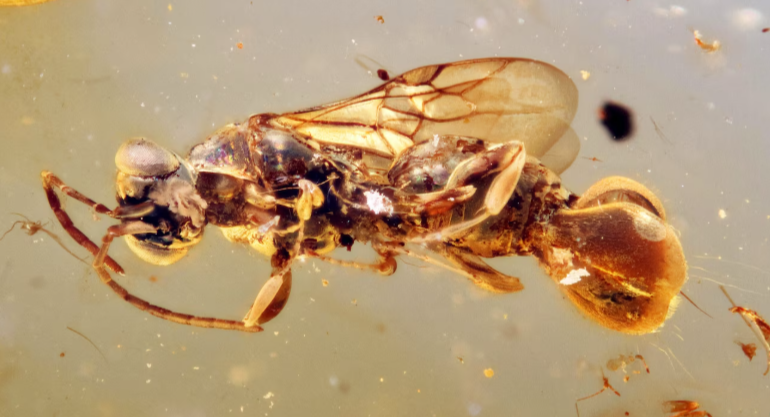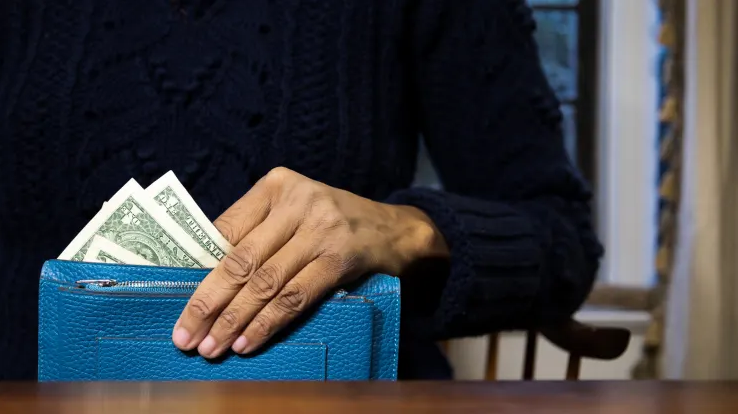Scientists have uncovered a prehistoric wasp species that used a unique grasping mechanism resembling a Venus flytrap to capture its prey.
Preserved in 99-million-year-old amber from Myanmar’s Kachin region, the wasp, named Sirenobethylus charybdis, may have immobilized insects to lay its eggs, allowing its larvae to feed on the host.
The study, published in BMC Biology, analyzed 16 female specimens using micro-CT scanning. Researchers noted that the wasp’s abdomen featured flaps lined with bristles, forming a structure similar to the carnivorous Venus flytrap plant. Unlike crushing its prey, the wasp likely used this adaptation to hold its victim in place while depositing an egg—a strategy seen in modern parasitic wasps.
This discovery sheds light on the diverse parasitic behaviors of ancient insects. Scientists believe S. charybdis may belong to a previously unknown family within the Chrysidoidea superfamily, which includes cuckoo and bethylid wasps. While these modern relatives rely on different mechanisms to exploit their hosts, no known insect possesses a structure quite like S. charybdis.
Named after the Greek mythological sea monster Charybdis, this extinct wasp represents an evolutionary adaptation that has since disappeared. Its discovery provides insight into the varied strategies ancient insects employed for survival and reproduction.
With input from the Associated Press, ABC News, and Newsweek.










The latest news in your social feeds
Subscribe to our social media platforms to stay tuned